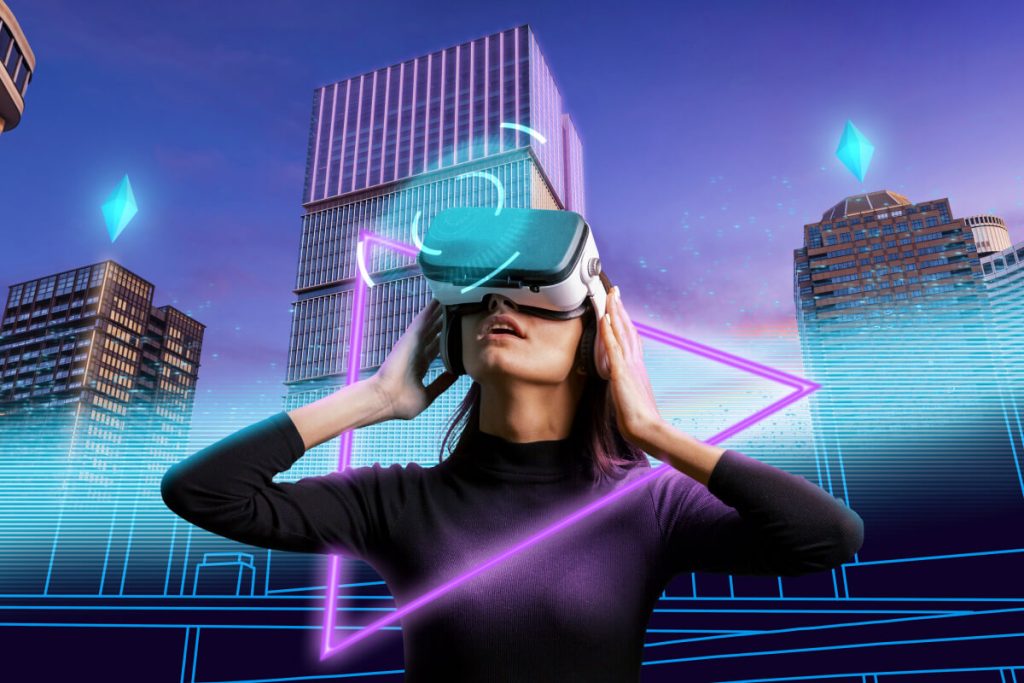As we get well into 2024, the IT landscape is undergoing rapid evolution, marked by transformative trends. Emerging technologies like quantum computing, 5G, and edge computing are redefining infrastructure capabilities. Artificial Intelligence (AI) has become more prevalent, influencing everything from cybersecurity to data analytics. Amidst these changes, organizations are prioritizing agility, digital resilience, and upskilling to navigate the dynamic and competitive IT terrain, ensuring they harness innovations for sustainable growth and efficiency.
Here are the top 5 trends that are poised to shape the industry in the next two years:
The Rise of Generative AI
The ascent of Generative AI (GenAI) marks a groundbreaking era in artificial intelligence, showcasing its ability to produce authentic and innovative output in diverse domains, including text, code, images, and music. This technology is not confined to mere replication; it generates novel and contextually relevant content, revolutionizing creative processes. Its applications range from crafting personalized marketing materials that resonate with specific audiences to expediting the design of new products and injecting a surge of creativity into various industries. For instance, the healthcare industry, with its many regulations, has started to understand the power of Generative AI in drug discovery and medical imaging analysis. Pharmaceutical companies can use generative AI to design and test millions of potential drug molecules in a fraction of the time, accelerating discovery and potentially saving lives. In finance, it can be used for risk assessment and fraud detection through synthetic data generation. The gaming industry can leverage the growth of Generative AI to enhance virtual worlds and character development.
As Generative AI gains momentum, its adoption is set to increase, promising transformative impact on creative workflows. The technology’s capacity to push boundaries and explore uncharted possibilities heralds a future where AI seamlessly integrates with human ingenuity, redefining how we approach content creation, design, and problem-solving across the spectrum of professional endeavors.
Edge Computing Takes Center Stage
In the evolving landscape of the Internet of Things (IoT), the spotlight is increasingly on Edge Computing. With the continuous expansion of IoT, the imperative to process data in proximity to its source has become paramount. Edge computing emerges as a pivotal solution, decentralizing computational capabilities by bringing them closer to the network’s periphery. An example is of factories installing AI-powered sensors on machines at the edge of the network. These sensors analyze data locally, triggering real-time maintenance and preventing costly downtime. This strategic shift holds immense significance, particularly for data-intensive applications such as autonomous vehicles and smart cities. For instance, edge computing can bring data processing closer to devices like cars or factory machines. Self-driving cars can react instantly to obstacles without waiting for cloud instructions. By minimizing the distance between data generation and processing, edge computing ensures accelerated response times and mitigates latency, critical for real-time decision-making in dynamic environments. Moreover, this paradigm shift enhances the overall security posture by reducing the exposure of sensitive data during transit. As edge computing gains momentum, it emerges as a transformative force, redefining the efficiency and agility of IoT ecosystems and establishing itself at the forefront of technological advancements.
The Metaverse Emerges
The nascent emergence of the metaverse, a continuous and immersive virtual world, signifies a huge shift in our digital experiences. In its early stages, the metaverse already demonstrates vast potential across multiple realms, including virtual workspaces, social interactions, gaming, and education. As developers and innovators explore this uncharted territory, we anticipate a surge in experimentation and the evolution of diverse applications within the metaverse. Despite existing technical challenges, the metaverse has the transformative capacity to redefine our engagement with technology and interpersonal connections. Event companies can organize virtual concerts where participants can join the event with friends across the globe, all with personalized avatars in a virtual stadium. Businesses can hold virtual conferences or design studios within it. Virtual workspaces may redefine the concept of remote collaboration, social interactions could transcend physical boundaries, and educational experiences may become more immersive and accessible – an example being architects collaborating in a virtual metaverse space, designing buildings together in real-time using 3D models, fostering global collaboration and faster iterations. The ongoing development and exploration of the metaverse represents a captivating journey towards revolutionizing the way we interact with the digital world, holding promise for a future where the boundaries between the physical and virtual realms blur.
Hyperautomation and the Future of Work
The evolution of Robotic Process Automation (RPA) and other automation tools has ushered in a transformative era for businesses. However, the trajectory of innovation is set to ascend with hyperautomation. As AI and machine learning capabilities progress, hyperautomation is poised to tackle increasingly intricate tasks, reshaping the landscape of work. This shift signifies a departure from mere task automation to a realm where human-AI collaboration is central. A classic example is that of banks automating loan processing with hyperautomation. AI analyzes documents, robots verify data, and approvals happen instantly, reducing errors and processing time for faster loan decisions. Companies can use AI, robotics, and automation tools to supercharge workflows. Repetitive tasks with departments can be streamlined by AI assistants handling data entry or chatbots resolving customer issues. The future of work will necessitate a workforce adept at synergizing with advanced technologies, demanding a skill set that embraces adaptability, problem-solving, and a nuanced understanding of AI systems. Hyperautomation promises enhanced efficiency, accuracy, and productivity, but its successful integration hinges on fostering a workforce that can navigate and harness its capabilities effectively. The synergy between human ingenuity and machine capabilities is poised to redefine the nature of work, paving the way for a dynamic and collaborative future.
Cybersecurity in the Spotlight
In the contemporary landscape, the prominence of cybersecurity is more pronounced than ever, fueled by the escalating sophistication of cyber threats. Online retailers have recently started using cybersecurity tools to detect and block fraudulent transactions in real time, protecting customer data and finances while preventing financial losses. Banks can leverage cybersecurity measures to secure sensitive information like passwords and medical records. Firewalls block hackers, while encryption scrambles data, making it unreadable to outsiders. As organizations grapple with an evolving threat landscape, proactive cybersecurity measures are imperative. Artificial Intelligence (AI) and threat intelligence become pivotal to anticipating and counteracting emerging threats in real time. Establishing a robust cybersecurity culture within organizations is equally critical, emphasizing the awareness and diligence required from every individual in safeguarding sensitive data and infrastructure.
Investing in cutting-edge security solutions becomes a strategic imperative, focusing on adaptive technologies that can dynamically respond to evolving threats. Cybersecurity is no longer an isolated concern but an integral aspect of overall risk management. As cyberattacks become more intricate and pervasive, the commitment to fortifying digital defenses becomes a cornerstone for preserving the integrity and resilience of organizations in an interconnected and digitally dependent world.
GS Lab | GAVS is a global technology company focused on creating business impact for its 200+ customers across the USA, Europe, the Middle East, and APAC. It offers digital product engineering, AI-led managed services, and digital transformation services to customers across the BFSI, healthcare, communications, and high-tech segments. For more information on how GS Lab | GAVS can help solve your business problems, write to inquiry@gavstech.com (or) visit us at www.gavstech.com




